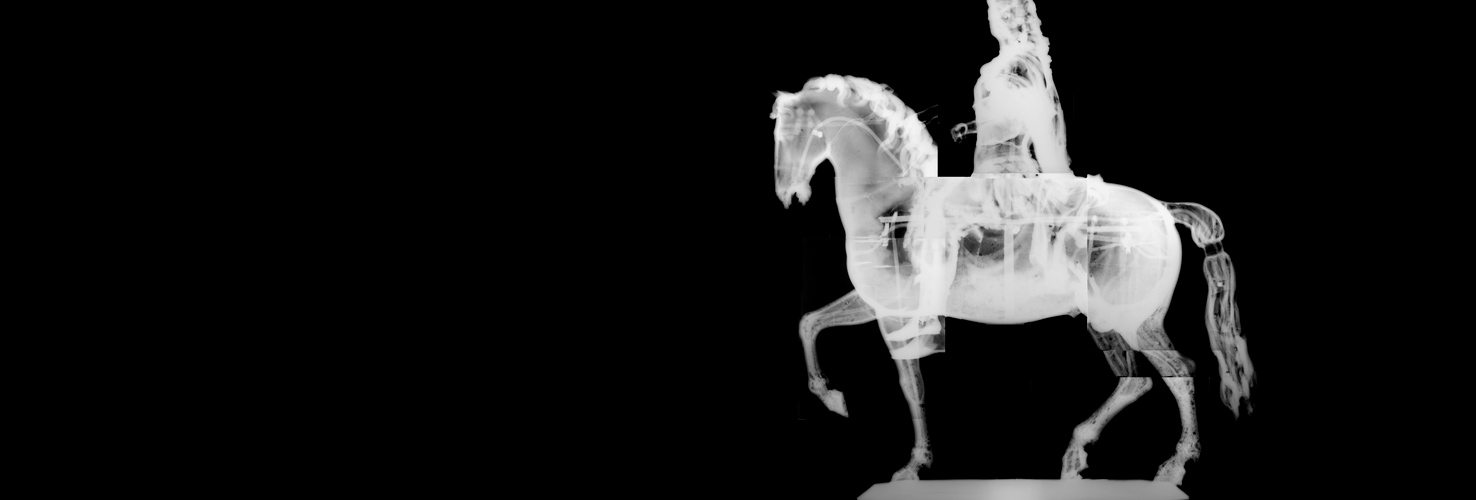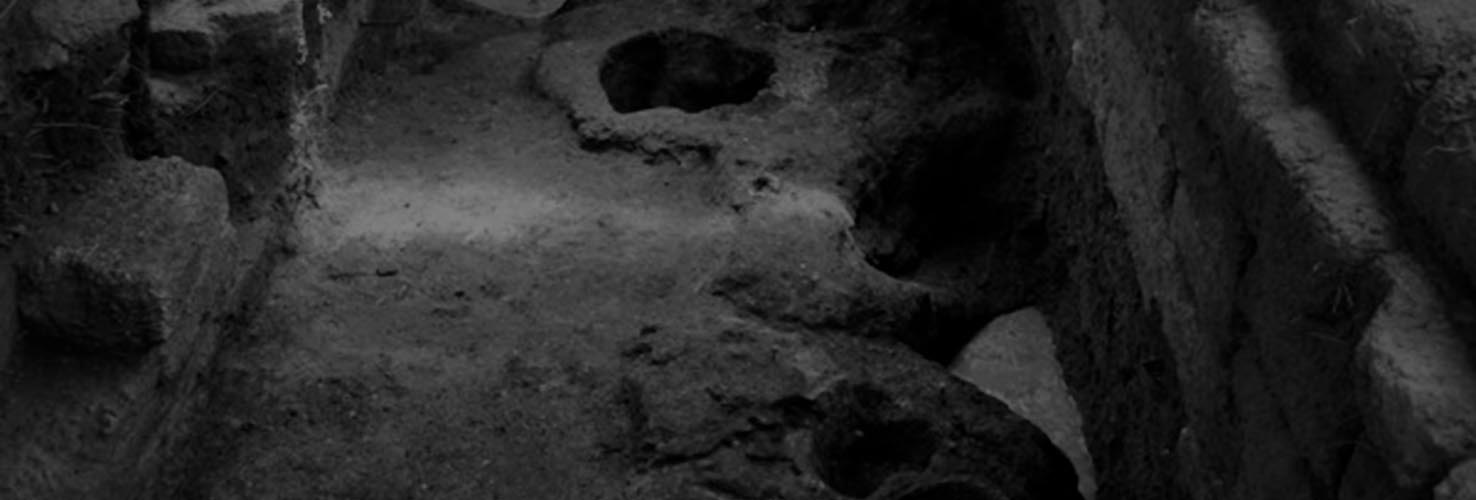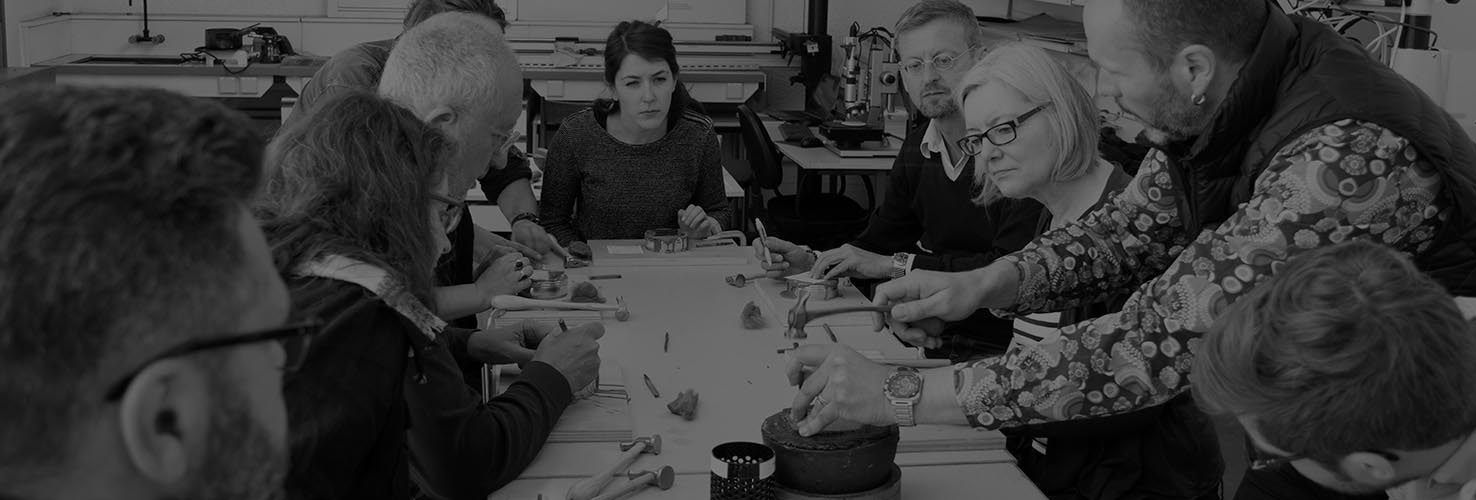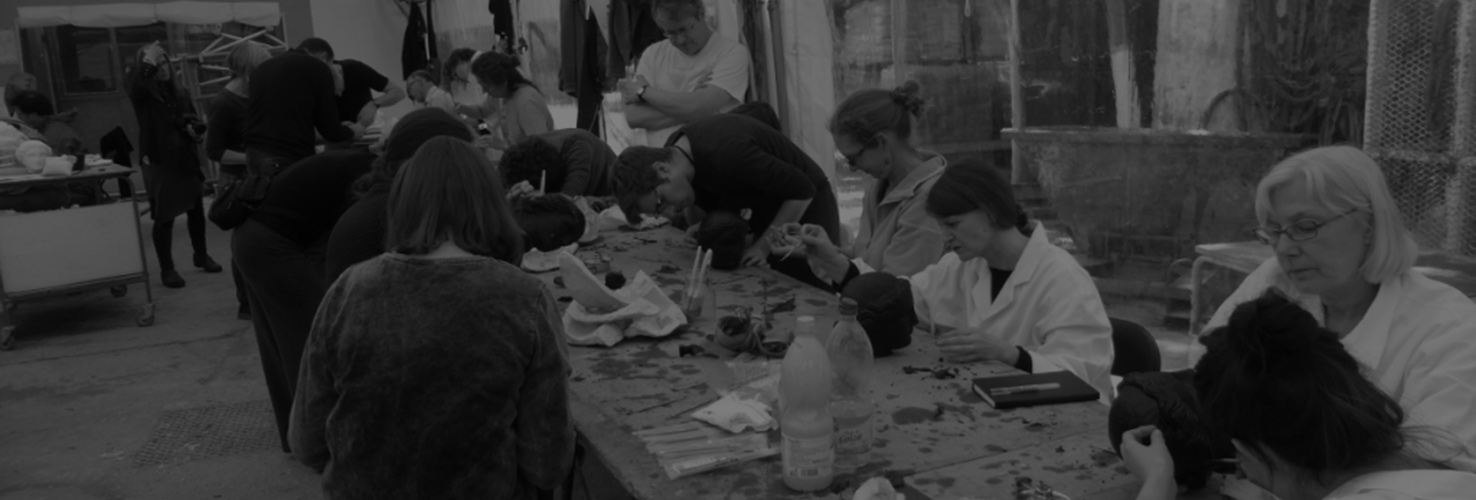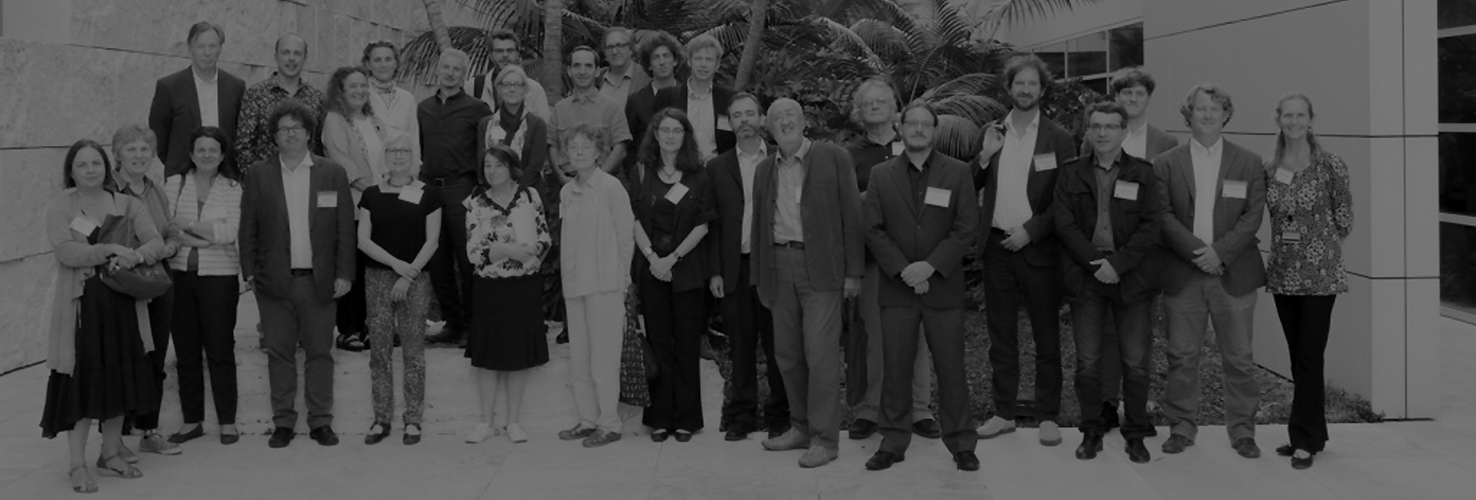Objectives
The aim of the CAST:ING project is to create a framework that will facilitate advances in the understanding of bronze sculpture through the use of shared protocols and vocabulary for technical studies.The scholarship of bronze sculpture from all cultures and periods has benefited tremendously in the last decades from advanced technical studies. These studies have helped answer diverse questions related to the production of specific works (who made them, how and when they were made, how they relate to other versions, etc.) as well as questions concerning the complex evolution of bronze casting technology worldwide. Still, the increasing quantity and complexity of technical research relating to bronze sculpture and the diversity of the community of experts has shown that the need for standardization has become increasingly important in order to allow fruitful and meaningful comparison and interpretation of data. Shared terminology and methods to ensure better dissemination and use are essential.
The overall goal in forming this group is to allow experts in a variety of specializations a) to communicate their knowledge about the materials and making of works of art made in copper alloys in a more accurate and consistent manner, b) to foster greater understanding of these works among allied professionals, and c) to allow for a better synthesis of the rich amount of data that continues to be gathered. It is hoped that these tools will ultimately also increase the visual and information literacy of the museum-going public.
Outputs
The proposed key outputs of the CAST:ING project are :
• An online set of guidelines (in English at first) for best practice in methods of investigation and the reporting of technical data on bronze sculpture.
• A multilingual vocabulary (English, French - modern, renaissance and medieval, Italian - modern and renaissance, German, Chinese, Khmer to start with) for the technical description of bronze sculpture. This will provide a critical foundation for clear reporting and sharing of information between collaborators. The vocabulary will be integrated in the Art & Architecture Thesaurus (AAT).
• A well-illustrated and annotated corpus of examples (case studies) that will serve to model the interpretation of different technical features using the terminology.
• A shared bibliography that will provide a powerful encyclopedic resource for all those interested in the topic.
• An online set of guidelines (in English at first) for best practice in methods of investigation and the reporting of technical data on bronze sculpture.
• A multilingual vocabulary (English, French - modern, renaissance and medieval, Italian - modern and renaissance, German, Chinese, Khmer to start with) for the technical description of bronze sculpture. This will provide a critical foundation for clear reporting and sharing of information between collaborators. The vocabulary will be integrated in the Art & Architecture Thesaurus (AAT).
• A well-illustrated and annotated corpus of examples (case studies) that will serve to model the interpretation of different technical features using the terminology.
• A shared bibliography that will provide a powerful encyclopedic resource for all those interested in the topic.
Benefits
In addition to these tangible outputs, the project will also create a much-needed open forum dedicated to the scholarly exchange of methods, data, and ideas related to the detailed and collaborative study of bronze production. The process of cross-disciplinary collaboration and the ensuing tools will also ultimately result in the bridging of existing communication gaps between specialists from differing disciplines. It will also offer participants – and ultimately a broader public – a more global understanding of the many aspects of humankind’s relationship to the production of bronze sculpture.The intense collaboration fostered by the CAST:ING project will undoubtedly result in new discoveries and interpretations, allowing for a more critical understanding of regional, global and temporal developments in bronze casting technology.
Furthermore, the standardization of methodologies and terminologies will serve as an important aid in the consistent cataloging, authentication, conservation and documentation of bronze sculpture in collections worldwide. This standardization will also be critical for the development of a rigorous shared database model for the collaborative technical study of bronze sculpture.
WHO contributes to the project?
The project relies mainly on the involvement of individuals and on their capacity to collaborate across disciplines. An international team composed of 52 conservators, scientists, curators, art historians, historians, archaeologists, metallurgists and craftspeople studying bronze production of different eras and/or cultures (e.g. Ancient World, Asia, Africa, early modern Europe and modern Europe/US) provide support and content to the project.• Project manager: David Bourgarit (C2RMF & CNRS-Prétech)
• Steering committee: The project is overseen by an international core group of 10 people. The steering committee approves all decisions regarding the vocabulary, good practice guidelines, and the choice of external workshop participants.
• Scientific Committee: An international scientific committee is the primary source of content for the vocabulary and good practice guidelines. Most members of the scientific committee have already worked successfully with one or several other members on aspects of bronze sculpture studies.
• Advisors: Specialists in fields related to aspects of the study of bronze production will be regularly consulted for specific issues regarding both vocabulary and good practice guidelines. This group includes individuals who may not be interested in attending all of the meetings, but will have important contributions to certain aspects of the project.
• Other participants: A computer programmer will design the online publication of the guidelines (the website). An external technical editor will be hired who will work closely with the project manager, the steering committee and the computer programmer. Once the guidelines structure is set up, the technical editor will start inputting the terms and methods by asking and/or visiting the main contributors (primarily members of the scientific committee and the advisory board). The editor will complete the work in packages, delivering one package every two months for agreement/adjustment etc. by the three aforementioned supervisors.
More details on the group are to be found here.
HOW do the participants contribute to the project ?
The participants contribute over a 3-year period to the writing of both the guideline and the vocabulary. The Guideline is written chapter by chapter, with a structured system of editors, contributors and reviewers. The editors, writers and/or reviewers are drawn from amongst the participants. See for example the outline of volume 1. As far as the Vocabulary is concerned, the latter will be set up as a selection of technical terms, each term being treated similarly as would be a catalog entry (illustrations, bibliographical references, etc). Collected data will be further discussed and ordered through a shared web platform managed by the project’s steering committee.Moreover, the participants will gather regularly in the USA, Europe, and Asia through a series of 4 meetings, paired with workshops that will systematically address the many facets of the technical study of bronze sculpture. The first meeting has been held in October 2015 in order to launch the project. The second meeting in July 2016 has focused on the tremendous variety of casting techniques used through time to produce bronze sculpture and how they are to be defined and described. The third meeting planned for Winter 2017-2018 will concentrate on the incorporation of information from historic texts, epigraphy, archaeology and ethnology to guide the interpretation of technical results.The fourth meeting will close the project. These meetings will foster productive collaborations and will be a crucial component of the project.
WHAT is novel about the CAST:ING project?
Different areas of specialization use different vocabularies and investigation methods for studying and describing bronze sculpture. The present project aims to bring together these approaches and skills. For the first time, the project will make regularly updated resources for the interpretation of bronze sculpture available to a broad range of scholars.The CAST:ING project is the first collaborative project of its kind that aims to resolve issues around terminology and differing approaches to technical examination of bronzes. It is also the first attempt at a global approach to reach agreed protocols that can be of assistance to anyone with an interest in studying bronzes. It proposes to bring together scholars from various disciplines -- including conservators, scientists, curators, artists and practitioners in metal production and foundry work who are working across the chronological divisions, from antiquity to the present day, and on bronzes from around the globe -- to share their experience and expertise.

